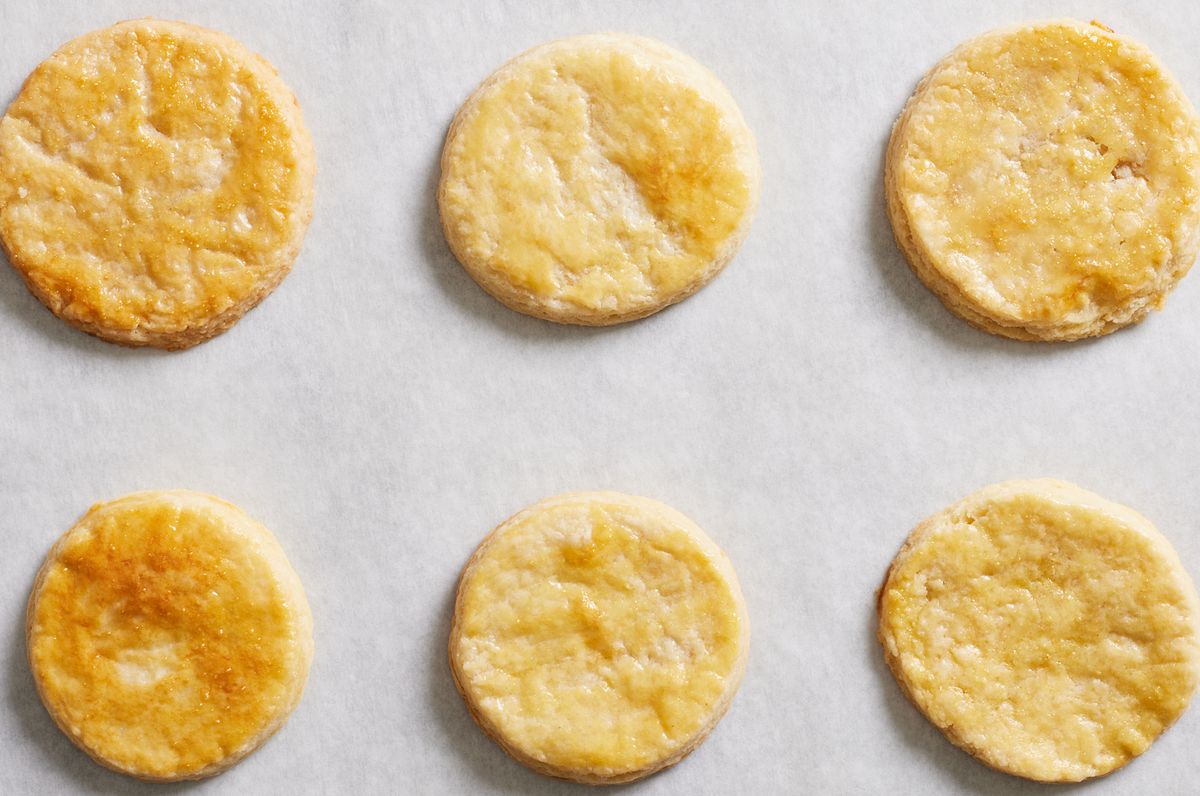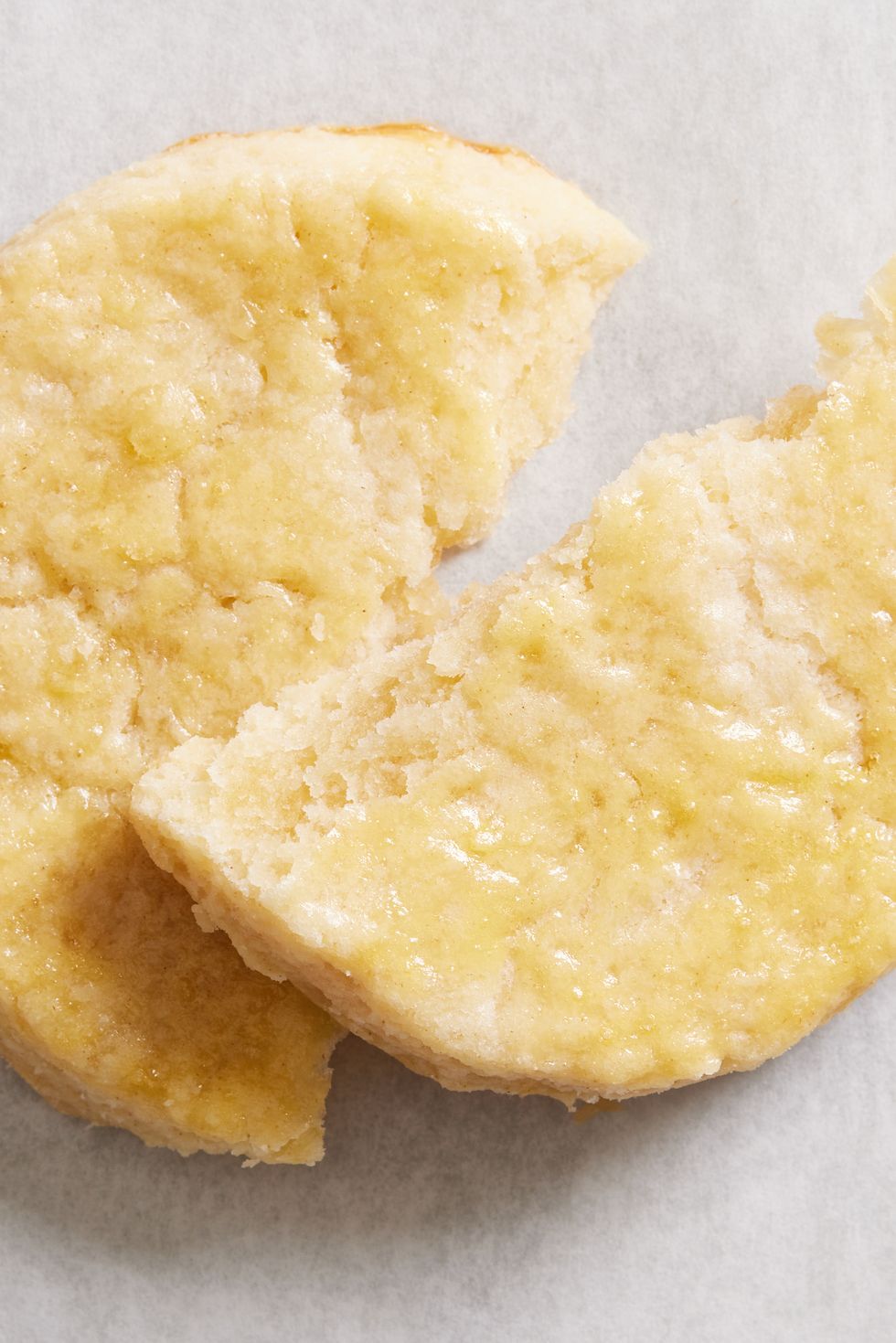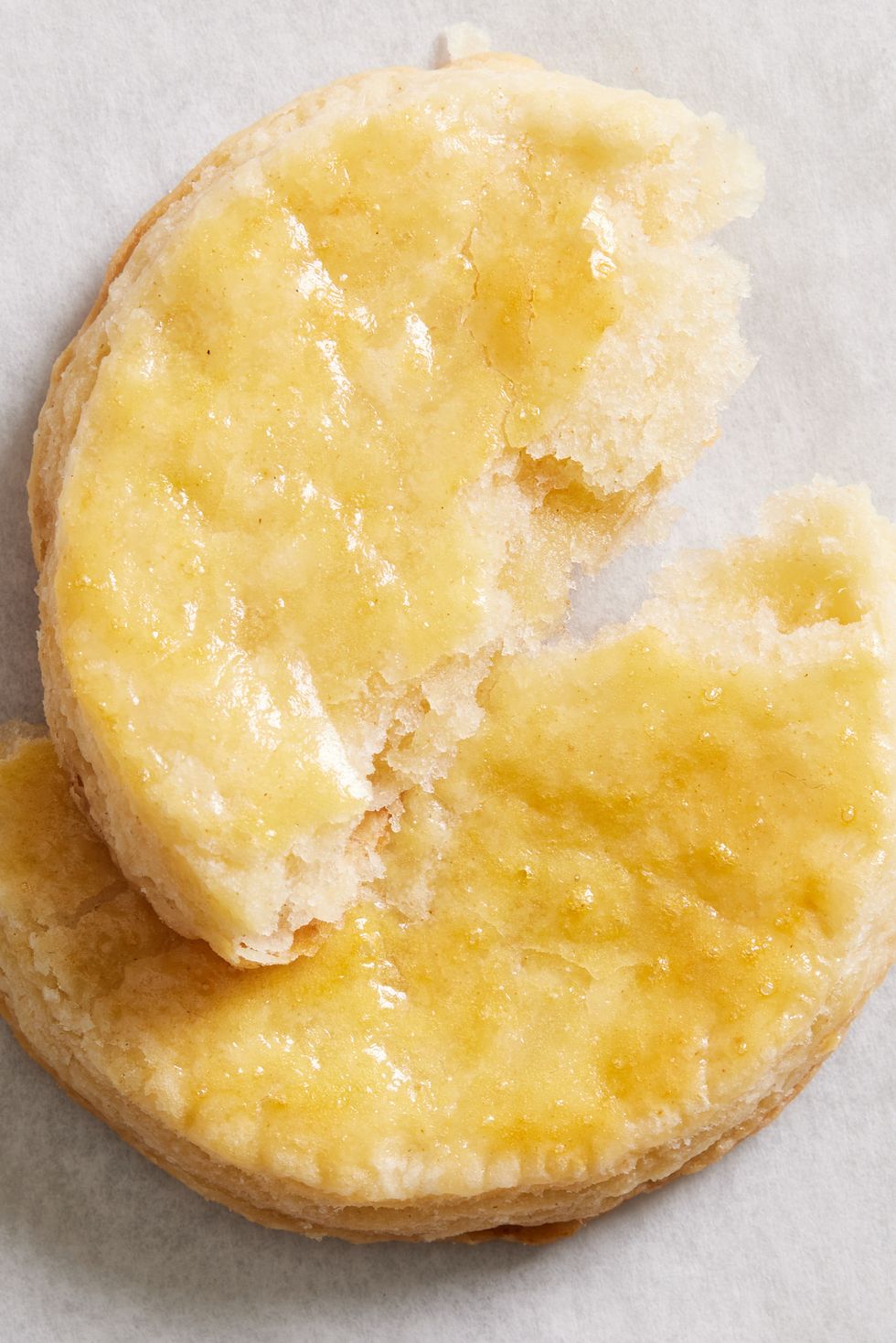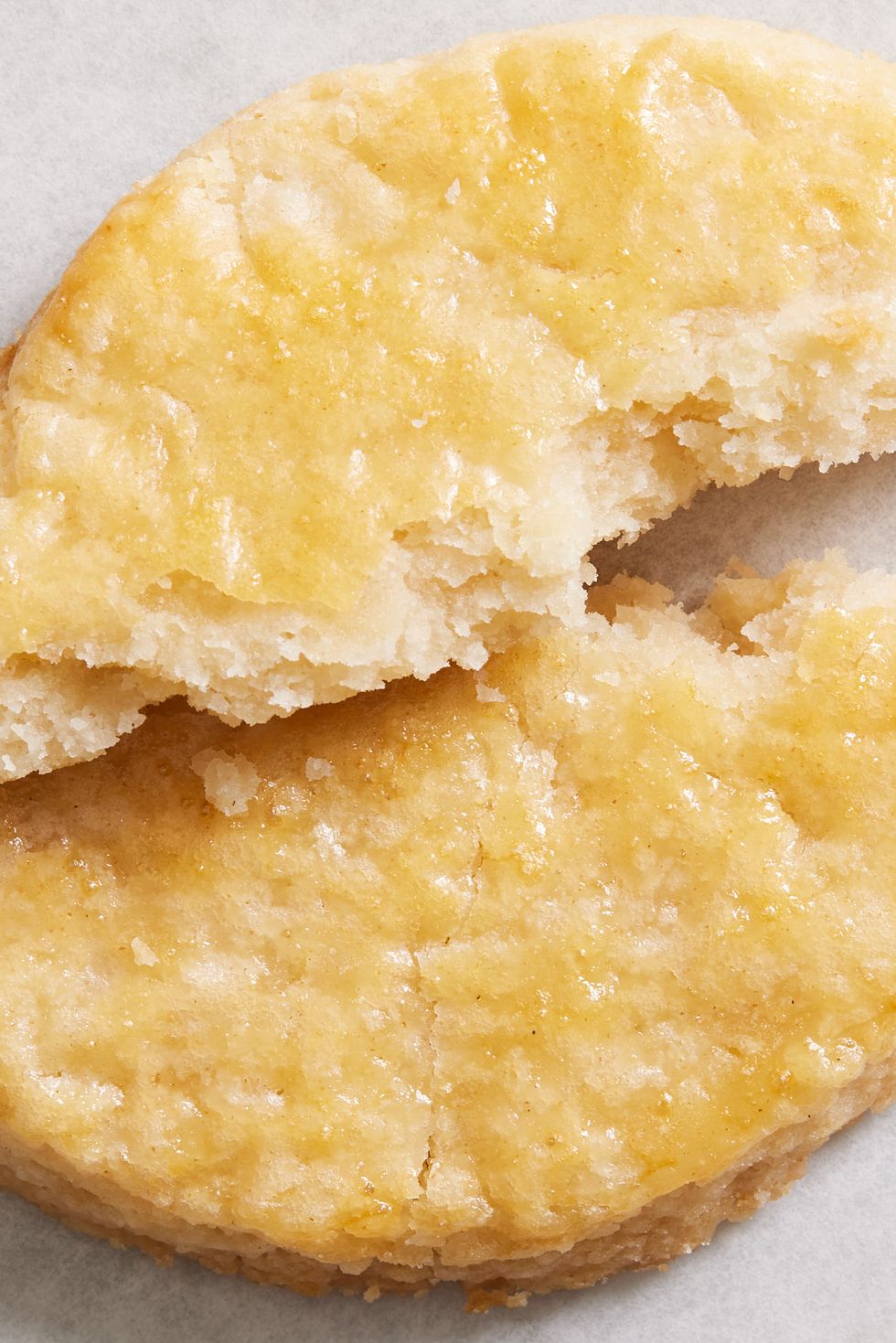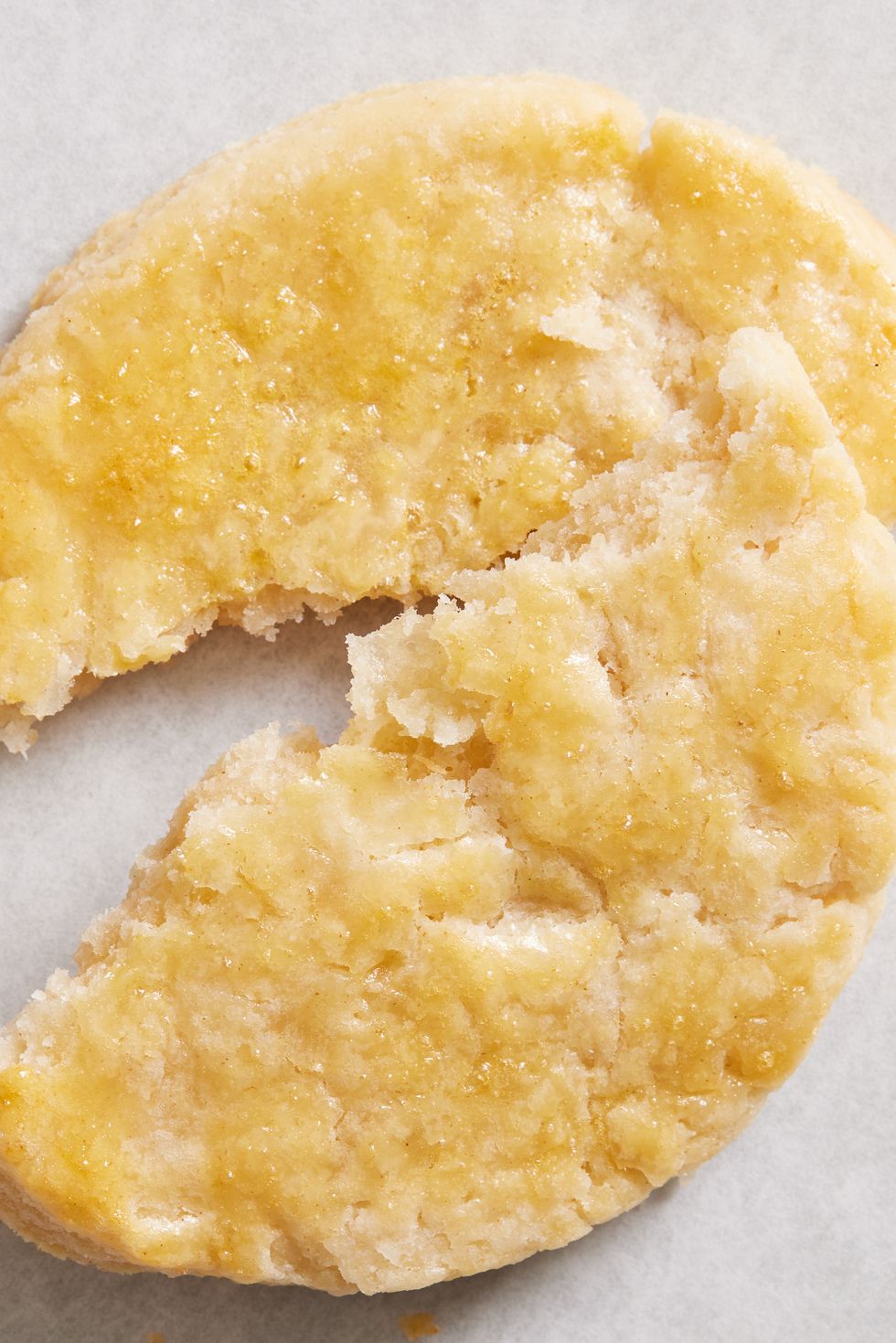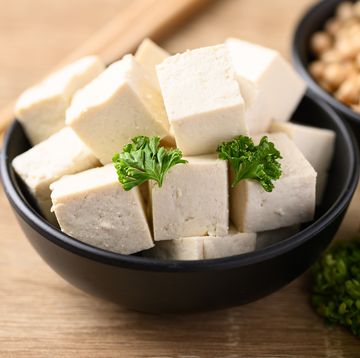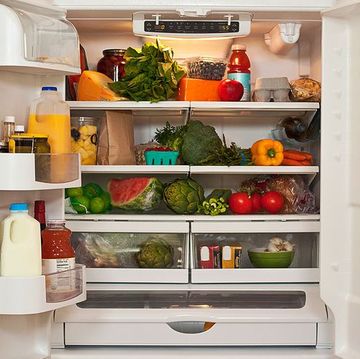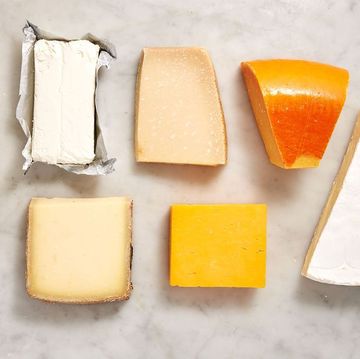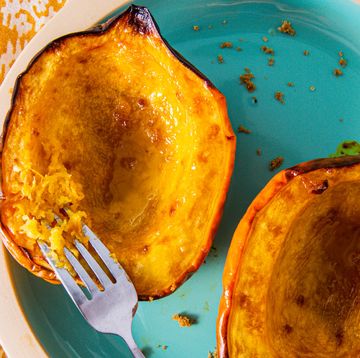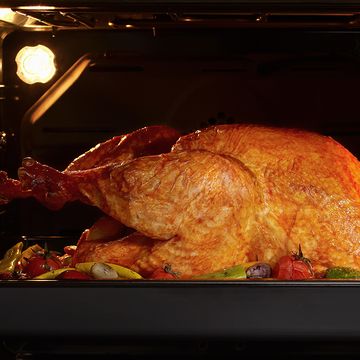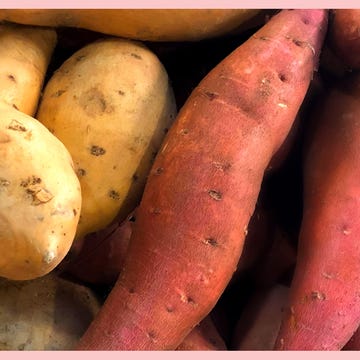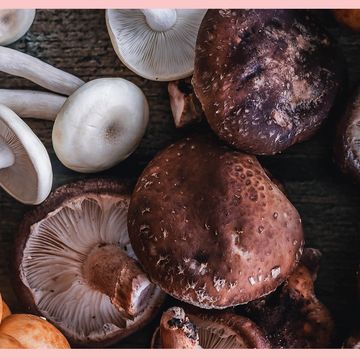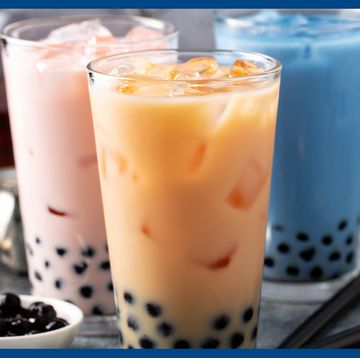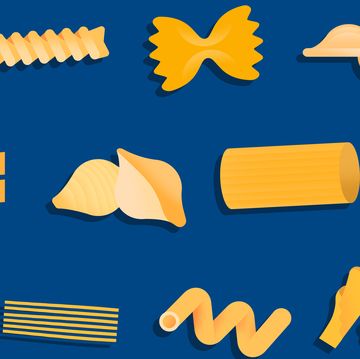Let's break down what makes a perfect pie crust, well, perfect. It might be made up of simple ingredients, but each one plays a crucial role and how they're handled matters big time. We took our favorite pie dough and tweaked one ingredient at a time to make six different crusts, all to show you the science behind what happens and how to get the best crust to show off your beautiful Thanksgiving pie. We think our middle school science teachers would be proud.
All Butter
Even if you know nothing about making pies you probably know on some subconscious
level that butter is of utmost importance. How cold it is, the size, everything. In this control crust we keep the butter cold and in large chunks about the size of walnut halves. The larger pieces make for an extra flaky crust with a lot of layers.
More From Delish

To show how the size of the butter affects your crust, we did a version with smaller, pea-sized butter chunks. This crust came out more mealy than flaky. This isn't always a drawback—it's helpful to hold the shape of your crust and show off intricate designs. It's also great for fruit pies, which usually need sturdier crusts to stand up to the bubbling liquid.
No Chill Time
Normally, a pie crust gets refrigerated multiple times throughout the process to keep the butter nice and cold. Cold butter creates flaky layers by steaming in the oven, so you don't want to skip the chill times. We started with cold butter like usual, but then went against everything we knew and baked off the crust without any extra chilling. It resulted in a much denser crust with ZERO layers. The butter also leaked all over the baking tray much more than the other tests and didn't hold its shape quite as well either.
Vinegar
The addition of just a little apple cider vinegar (or vodka!) works wonders on a pie crust. It allows you to add less water to the dough and the acidity helps relax the gluten for a really tender crust.
Shortening
Some swear by shortening in their crusts and skip the butter all together. We tested one version with all shortening and one combo version with half butter and half shortening. The all shortening version is less flaky, but super crispy and tender. Shortening also creates a beautifully golden crust, but sadly lacks that butter flavor we love too much.
Half Shortening/Half Butter
Our combo version gives you the best of both worlds. The butter adds some flakiness and of course our beloved butter flavor. We just don't like that it's harder to control the size of shortening when cutting it into your flour.
Makinze is currently senior food editor at Delish, where she develops recipes, creates, and hosts recipe videos and is our current baking queen. She is our expert pie crimper, believes you should always have the ingredients for chocolate chip cookies on hand, and everyone needs to know a perfect roast chicken recipe.
